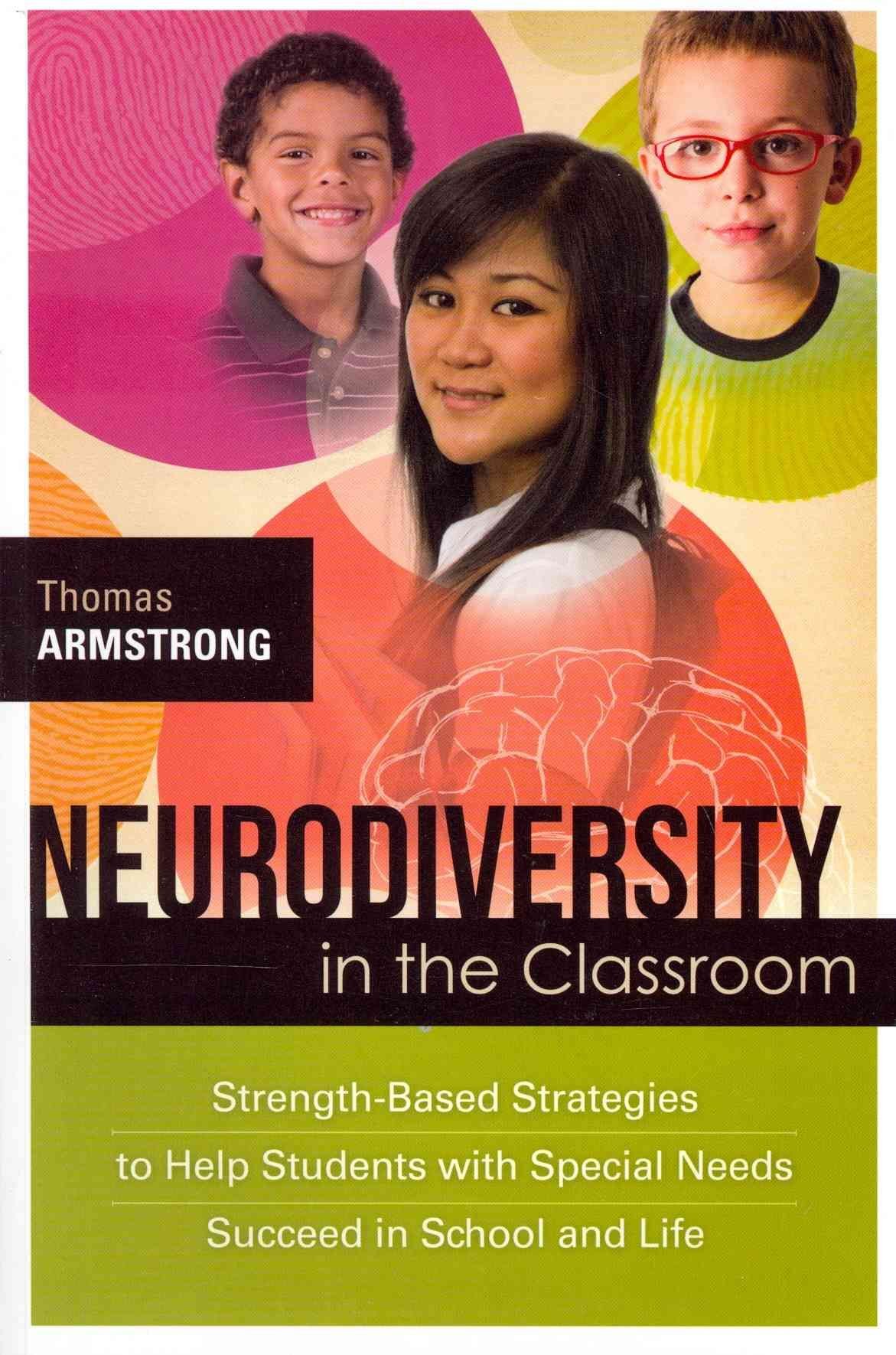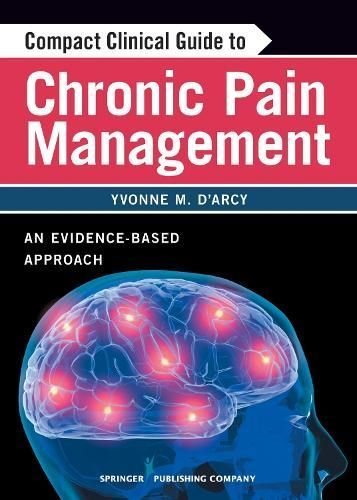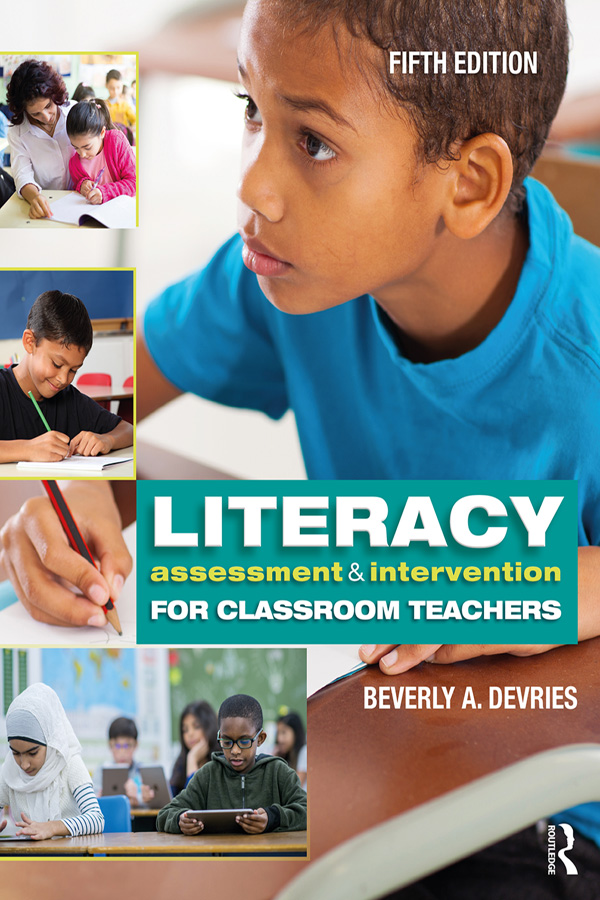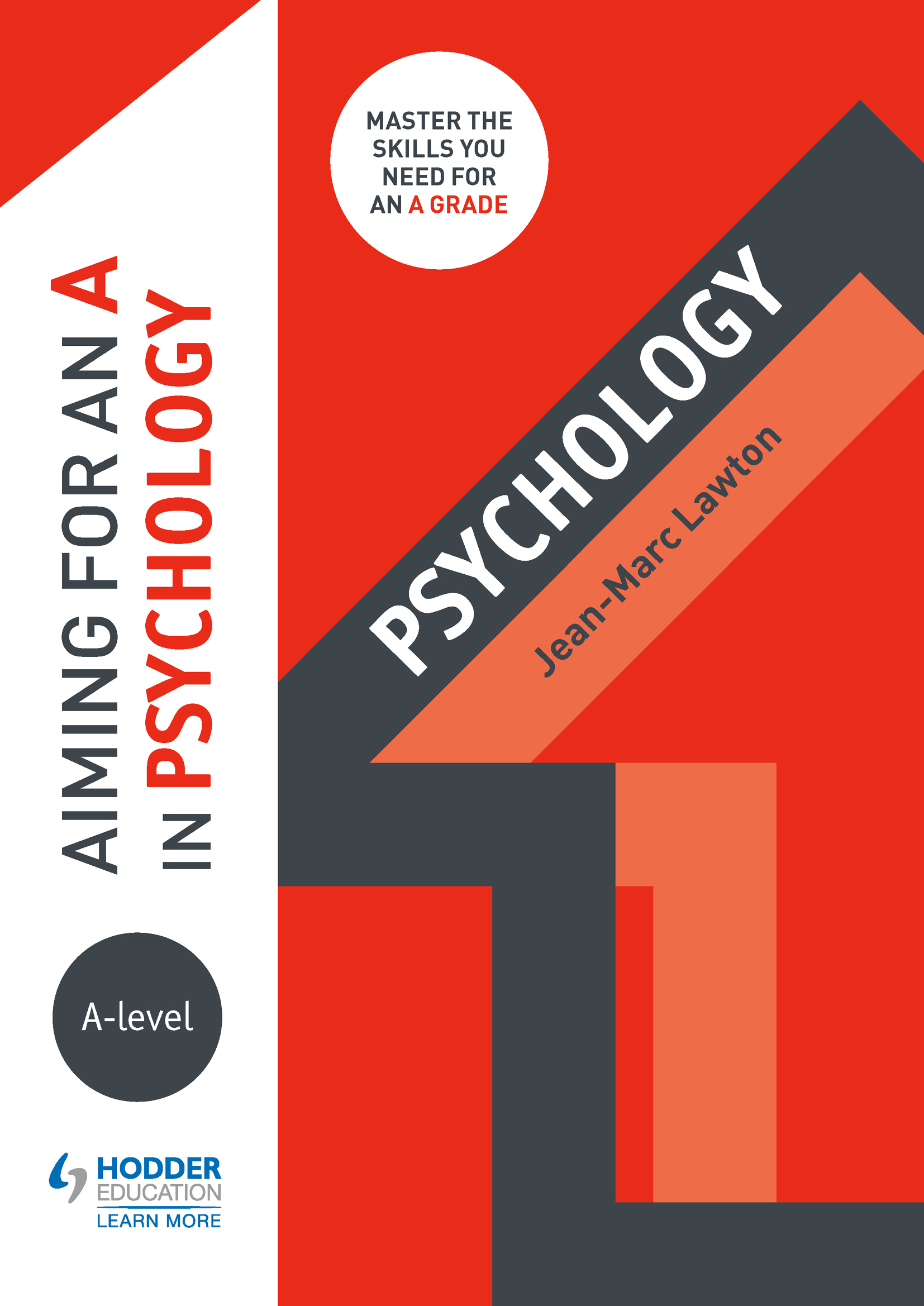A new concept on human diversity has emerged over the past 10 years that promises to revolutionize the way educators provide services to students with special needs: neurodiversity. Just as we celebrate diversity in nature and cultures, so too do we need to honor the diversity of brains among our students who learn, think, and behave differently. In Neurodiversity in the Classroom, best-selling author Thomas Armstrong argues that we should embrace the strengths of such neurodiverse students to help them and their neurotypical peers thrive in school and beyond. This innovative book focuses on five categories of special needs: learning disabilities, attention deficit hyperactivity disorder, autism, intellectual disabilities, and emotional and behavioral disorders. For each category, Armstrong provides an in-depth discussion of: The positive attributes associated with that category. Acclaimed neurodiverse adults who have excelled in their chosen fields. Computer programs and applications that allow students with special needs to overcome obstacles and achieve success. Rich networks of human resources both inside and outside of school that educators can draw upon to support the social and emotional lives of neurodiverse students. Innovative learning strategies that are tailored to each student’s unique strengths. Future career paths for which a student’s particular gifts might be a good fit. Modifications in the school environment that allow for seamless inclusion of neurodiverse students in the regular classroom. Timely information about how to integrate the strategies and assessments for each category with the Common Core State Standards. It’s time that we focused on celebrating rather than pathologizing our students with special needs so that they can fully realize their potential in school and life. This practical and thought-provoking book will inspire teachers and administrators everywhere to make sure that all students with special needs get the support …












